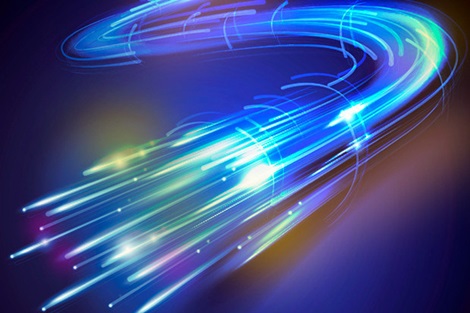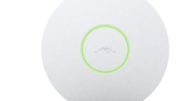Sometimes it’s fun throwing an obscure term at you, my faithful blog readers. Today’s effort comes thanks to our customer service department, who hit me with a term they hadn’t seen before. It’s an obsolete term, but definitely not an obsolete idea.
Dry Loop service
Dry loop service means internet coming to your house without phone (or cable TV.) The term actually comes from the early 2000s when that was a very uncommon thing. Today it’s quite common for people to be internet-only, but back then it was a pioneering step to day.
The big internet technology at the time was DSL. DSL, short for Digital Subscriber Line, used the same copper wire as regular phone service but provided speeds up to 3 megabit. Unlike dial-up internet, its primary competitor at the time, you could actually make a phone call without knocking someone offline. That, combined with the fact that it was about 8 times faster, made it a hit.
Back then, practically everyone had landline phone service. If you look at how landline phone service worked back then, the wiring was all copper and the phones were actually powered by the phone lines. (They still are, if you still have landline service, but that power comes from your home not from the phone company.)
A phone line that had power was called a “wet loop.” Not quite sure why, but hopefully some retired engineer will comment on this post to tell me. If a customer just wanted DSL, they didn’t need a powered line, just one with a DSL signal on it. Although the power savings was minimal, I guess it was worth noting. A DSL-only line became known as a “dry loop.”
Why care about this today?
“Dry Loop” is one of those terms that is still used even though it’s far divorced from its original meaning. Think of how you still say “roll up the windows” when you haven’t seen a car window with a manual crank in years. Sometimes words outlive their original roles and take on a new role that sort of aligns with the old one.
Today, nearly all phone service is fiber based. A fiber strand goes to your home where a network terminal splits it out for television, phone, and internet. You may not actually use all three services, but the network terminal still works the same. The terminal is powered by your home’s electrical system. The fiber comes to your house the same way whether or not you have landline phone service, and it’s powered the same way no matter what.
Still, you occasionally hear terms like “dry loop” used when someone wants to get internet and nothing else. It’s an increasingly common thing. Let’s be honest, most folks under 65 don’t care about landlines. Cable TV is rapidly becoming a thing of the past thanks to high rates and poor service. The internet is pretty much all most things care about, and engineers still need a way to know what it is you want.
I’m not sure “dry loop” is really much faster or efficient to say than “internet only” but the term is still around in some areas and it’s still used.
By the way…
If you happen to have “dry loop” internet at your home, you might want to get signed up for a streaming service like DIRECTV NOW or Sling. Or, you may want satellite TV so that you can get great entertainment without the cable company hassle. No matter what you need, the fine folks at Solid Signal can help. Personalized service is just a call away at 888-233-7563.





